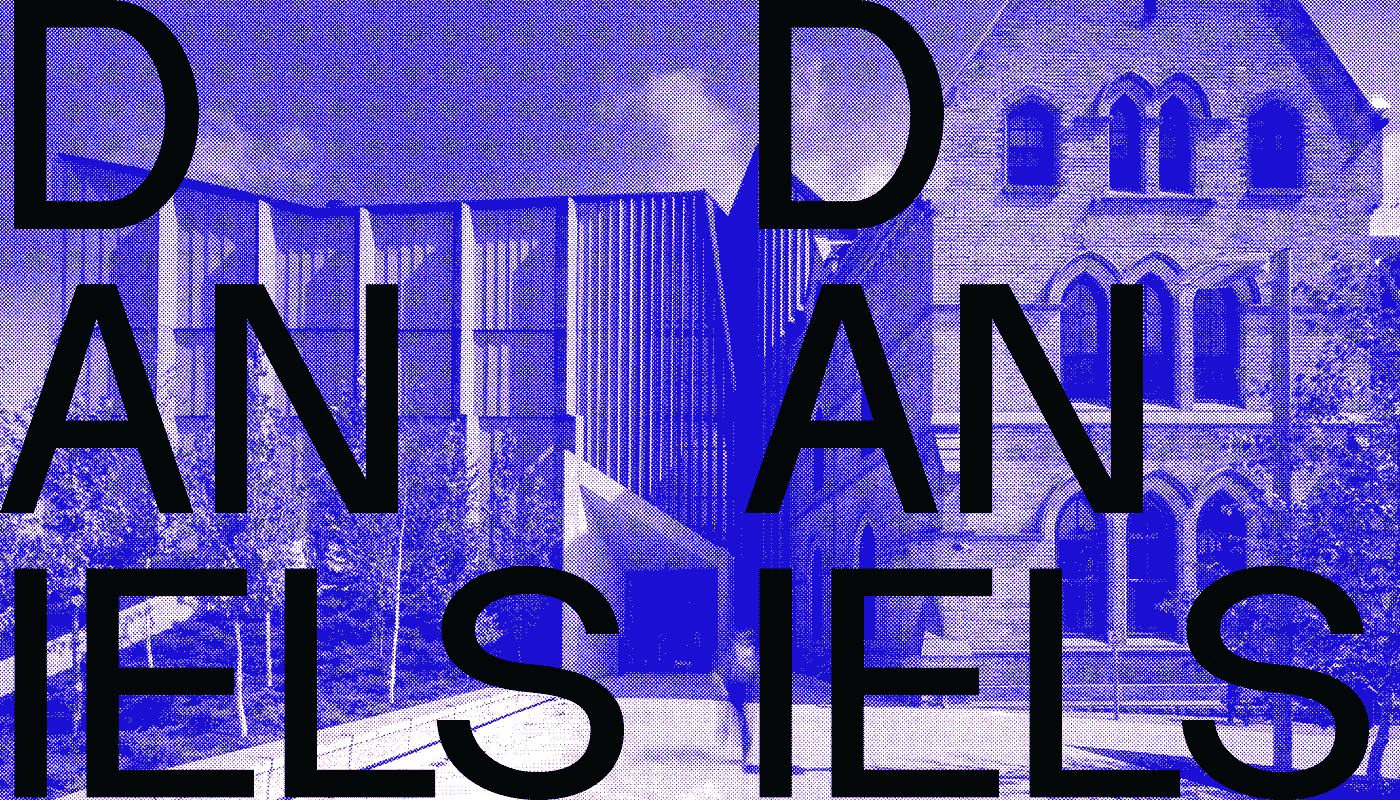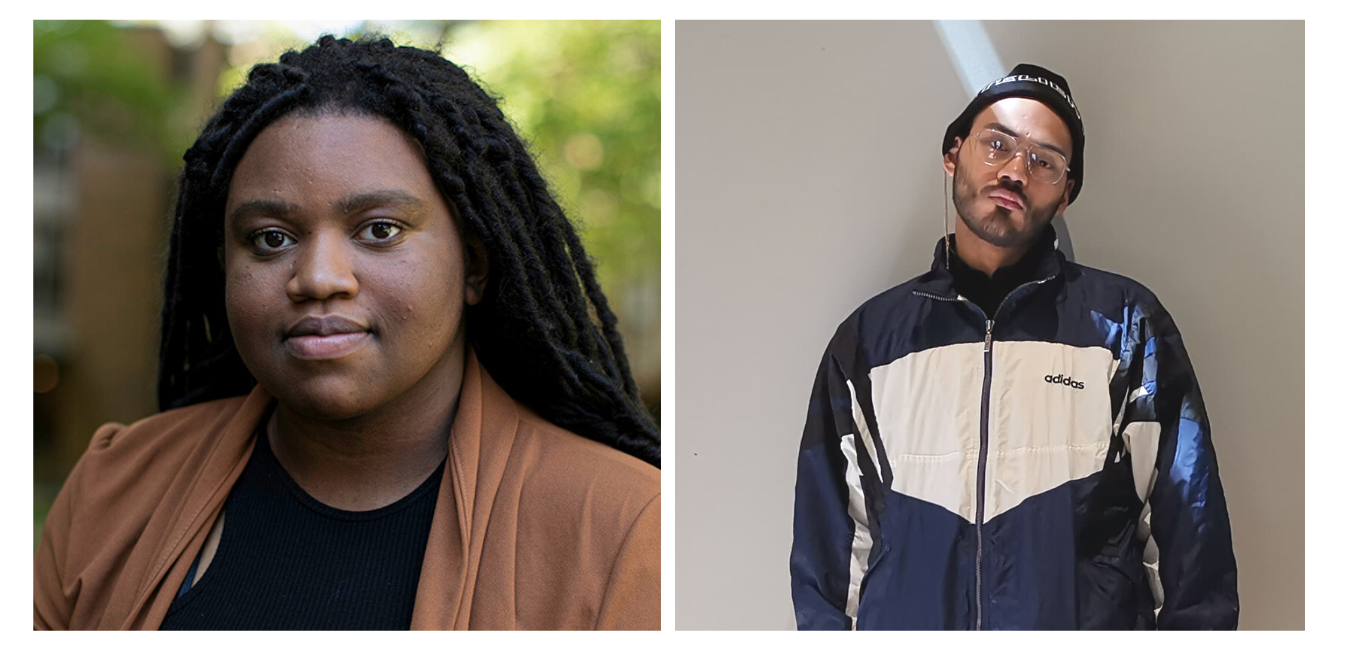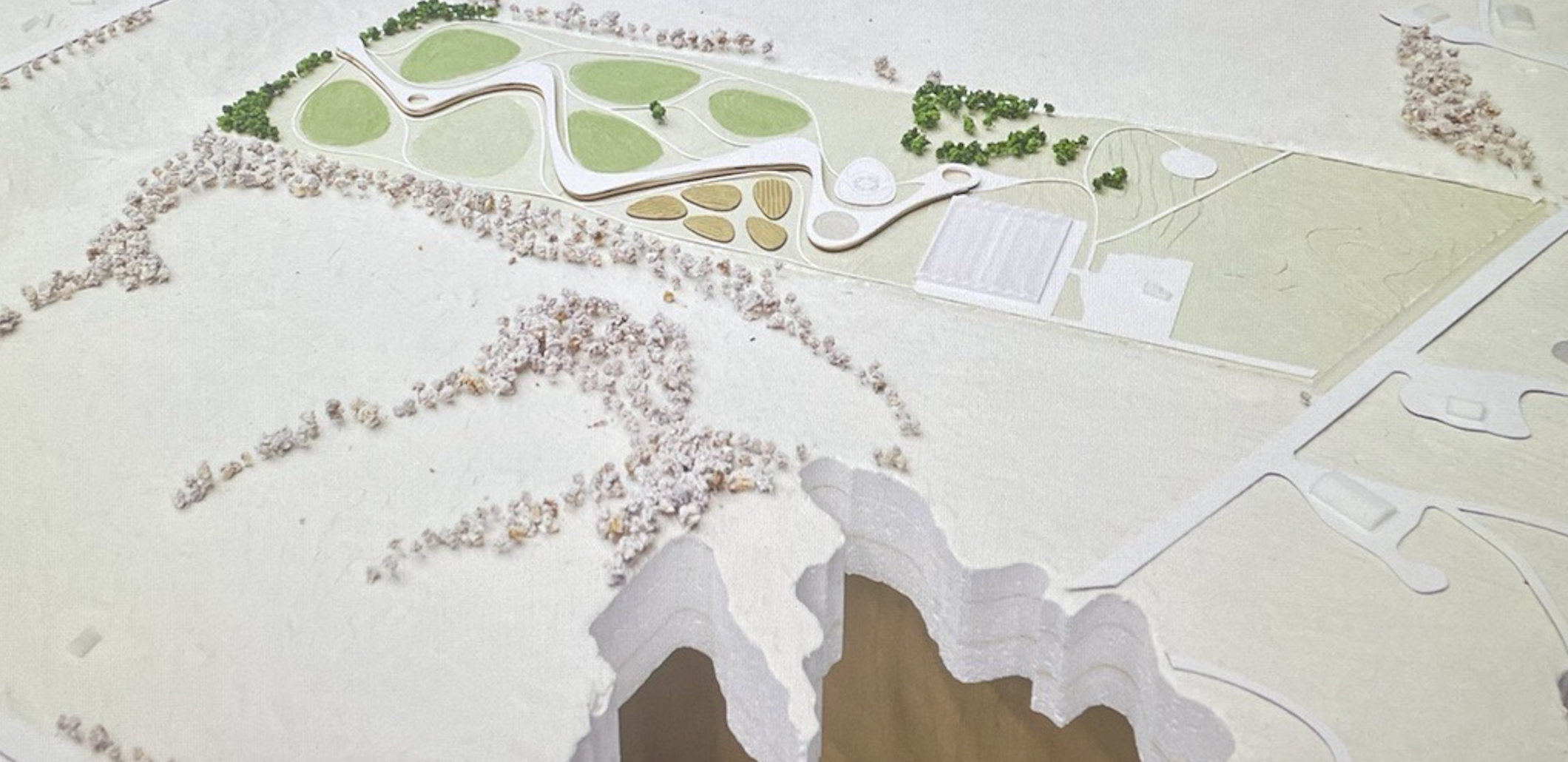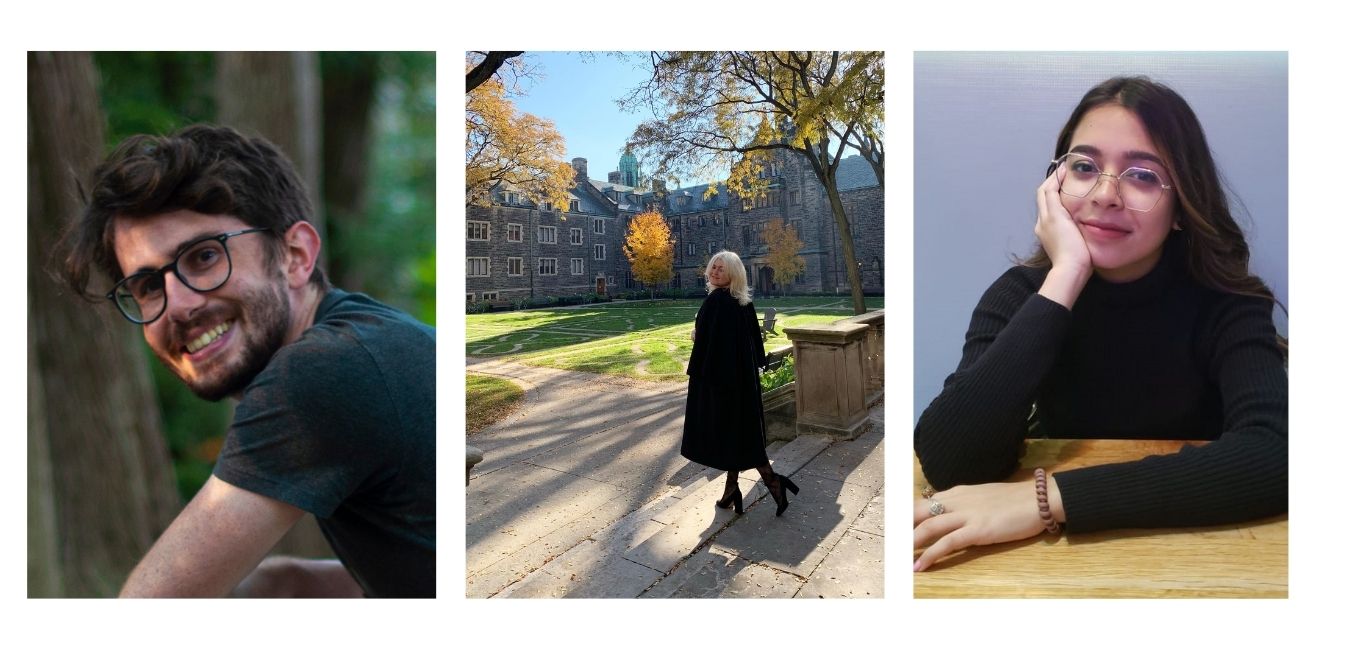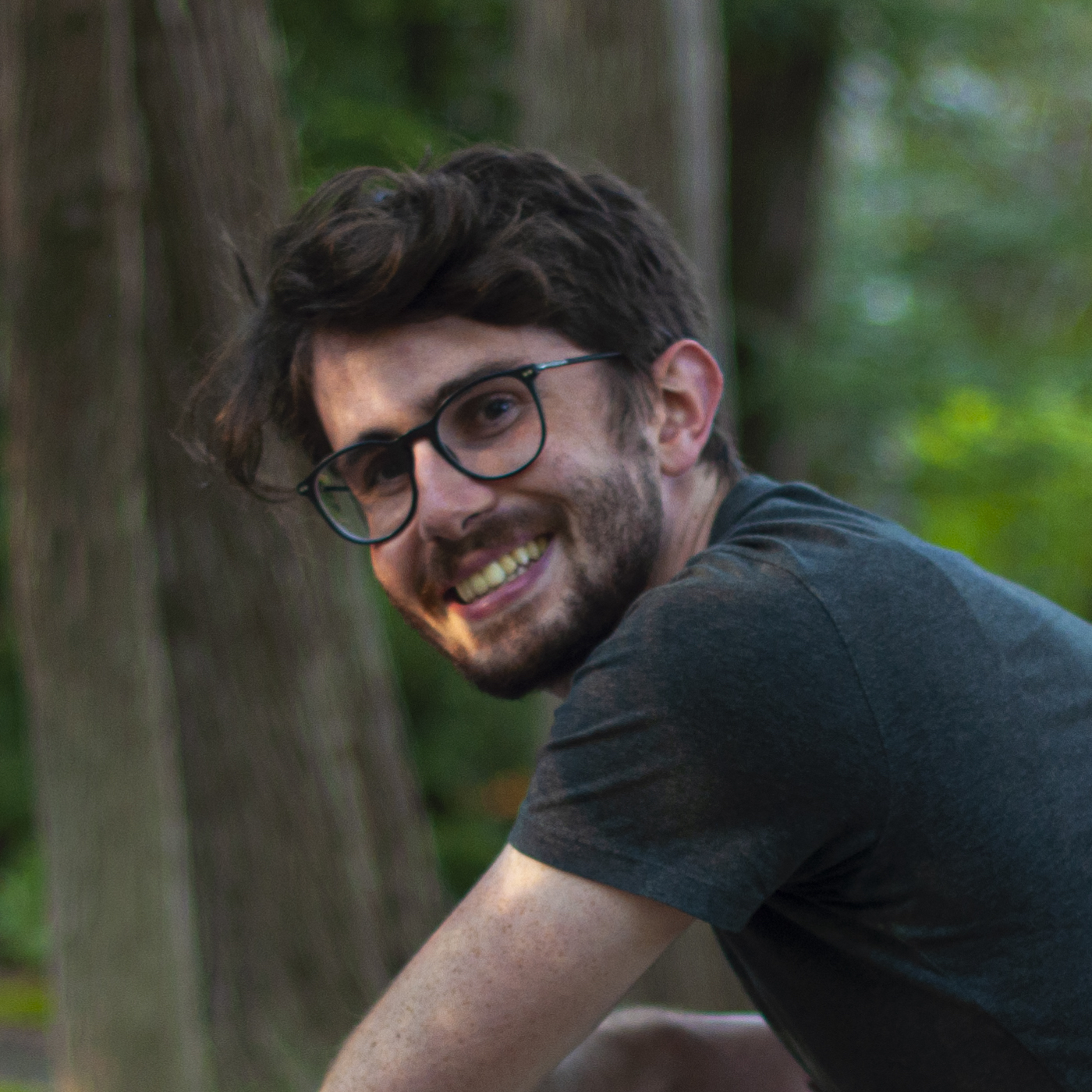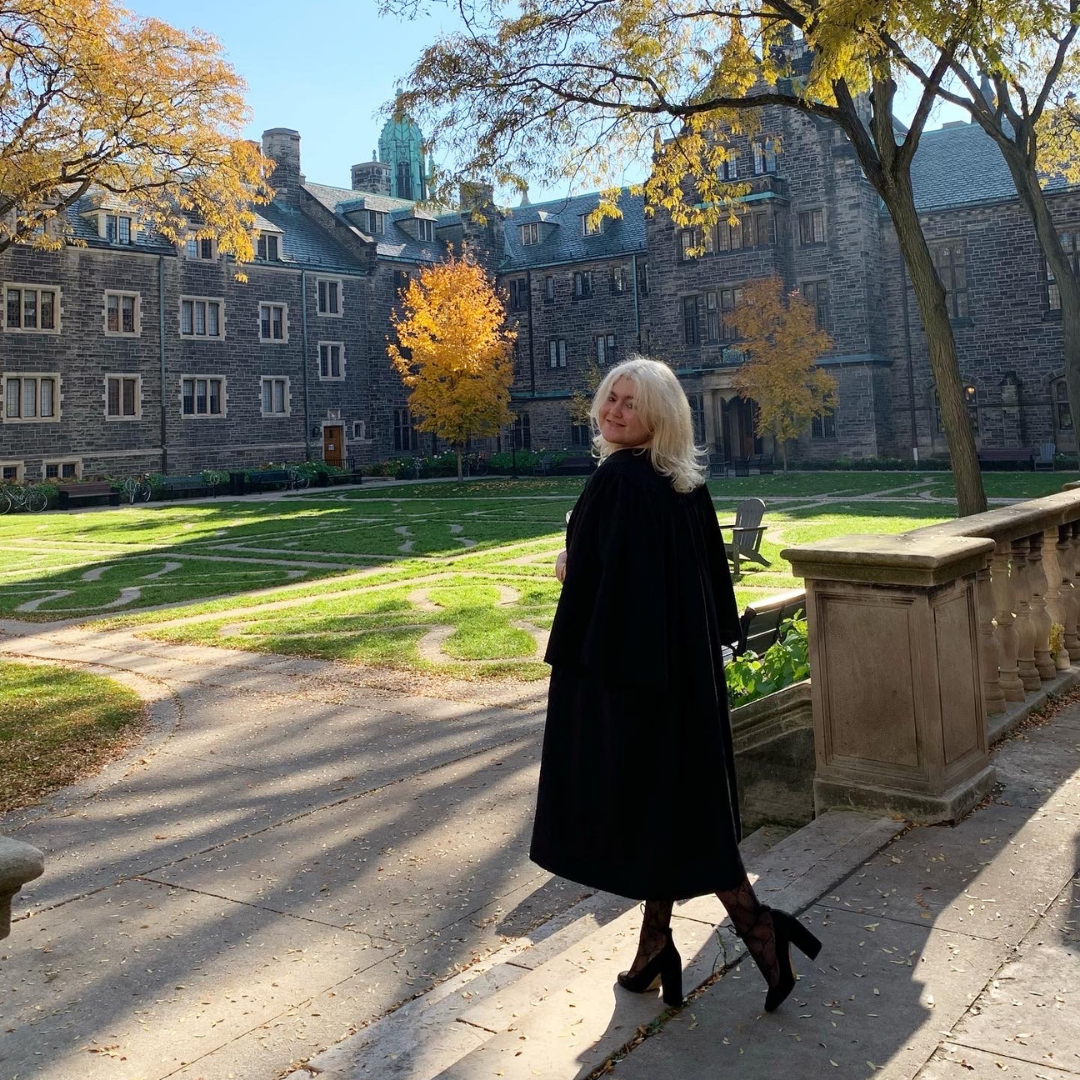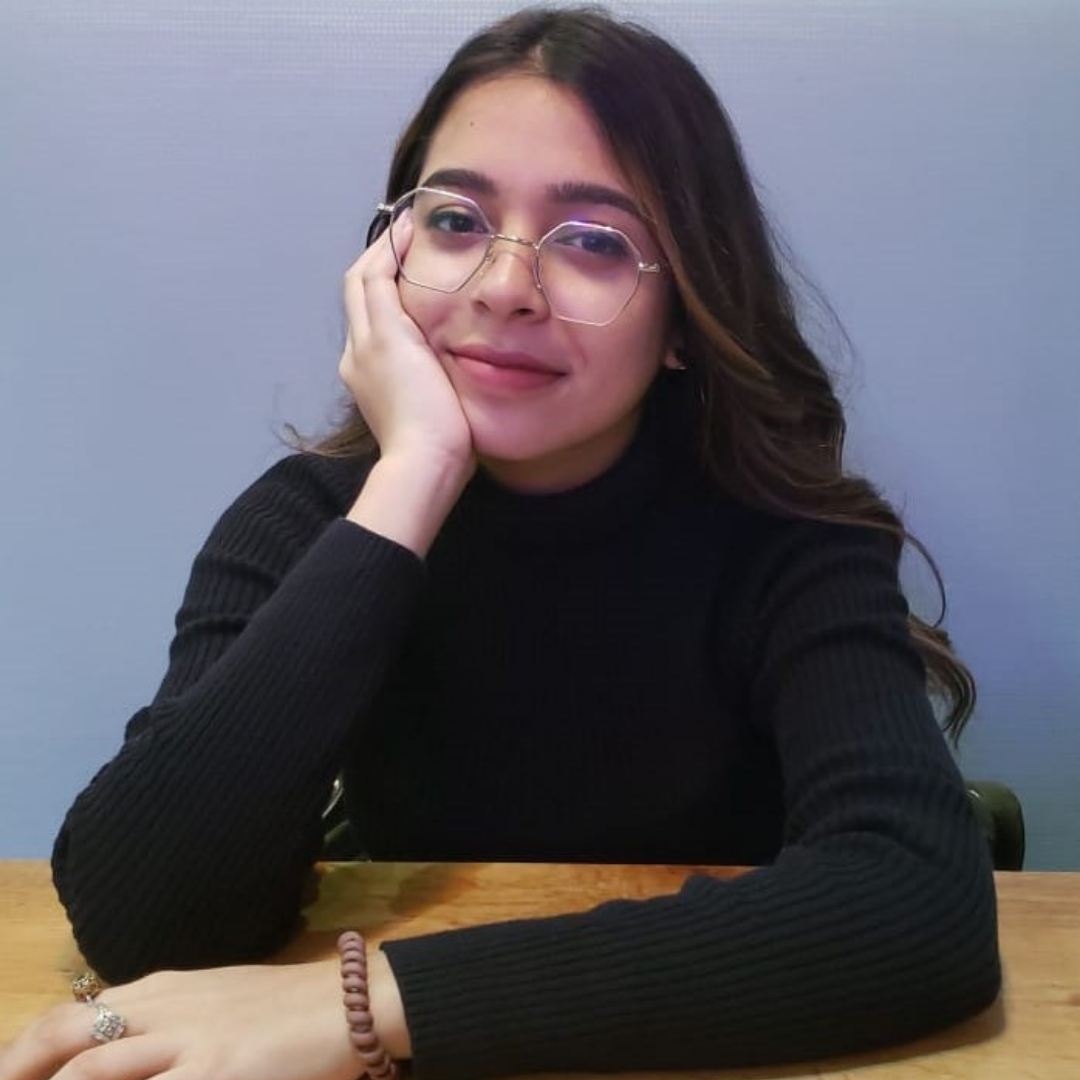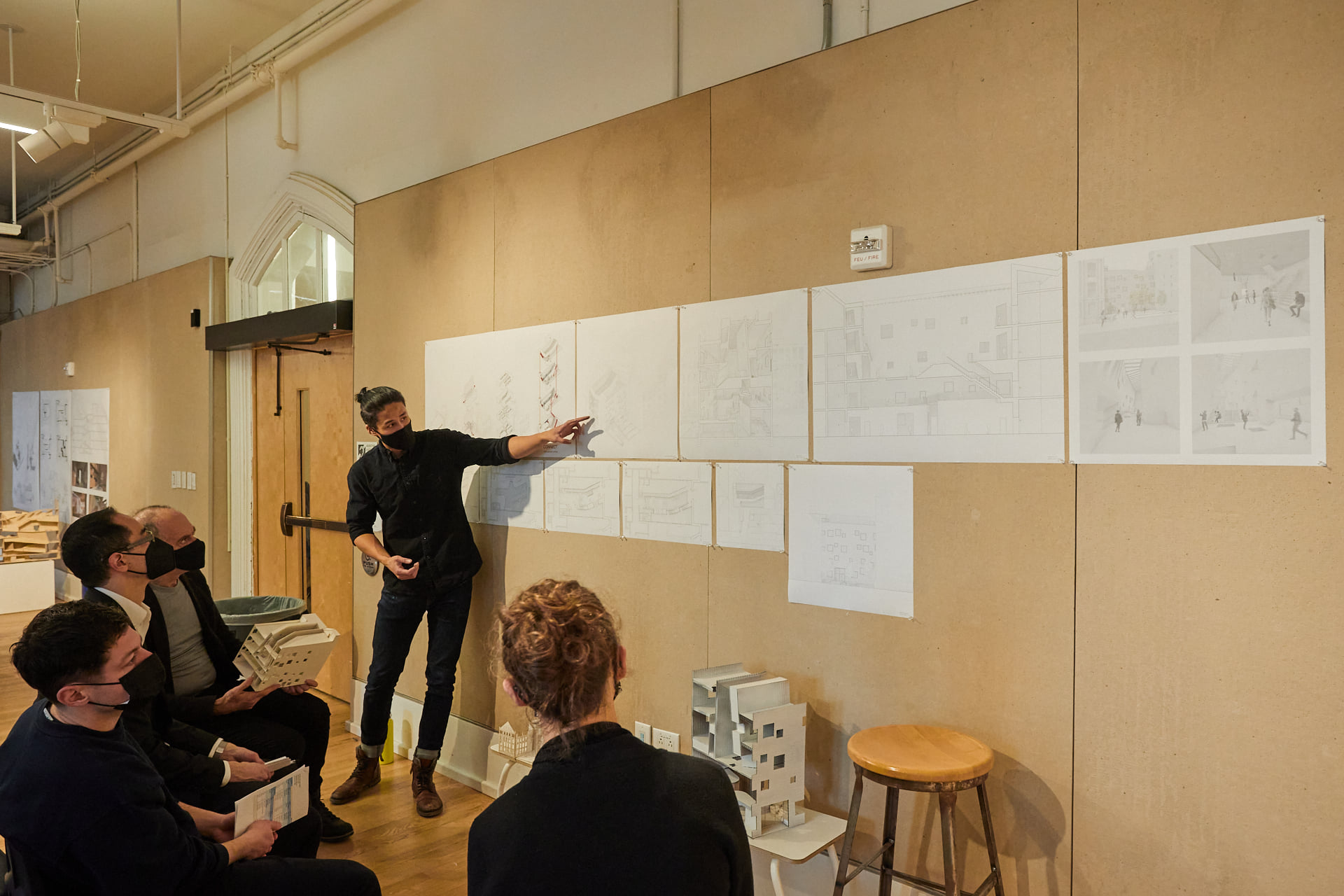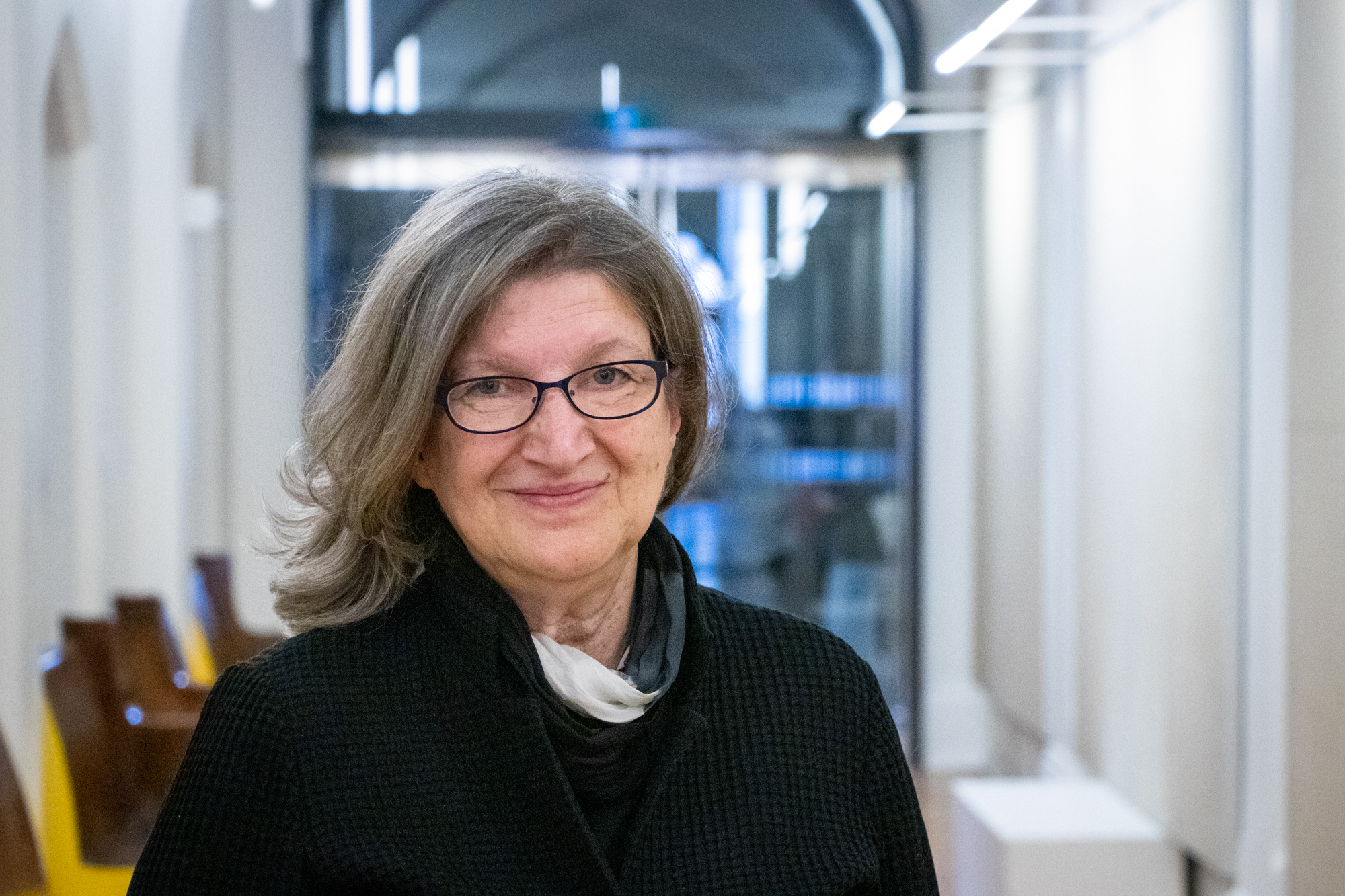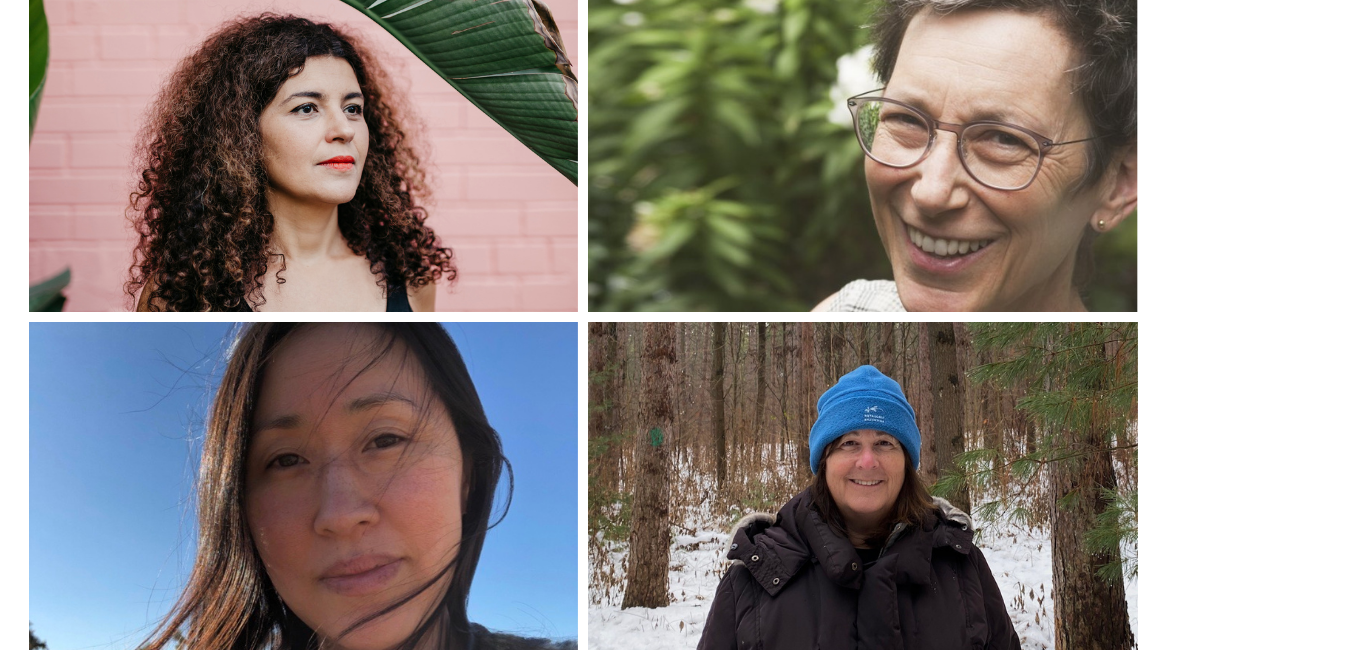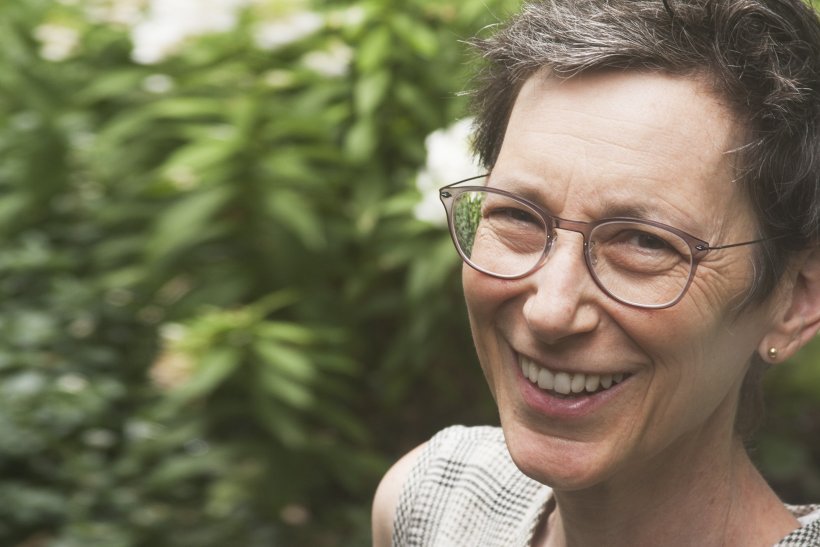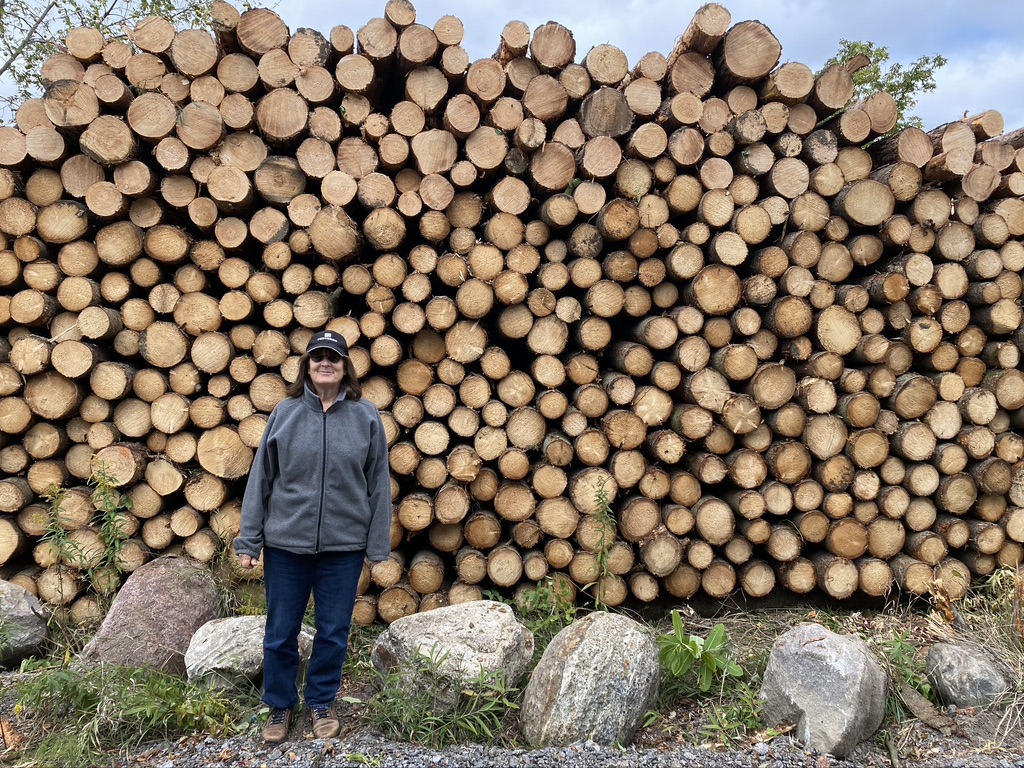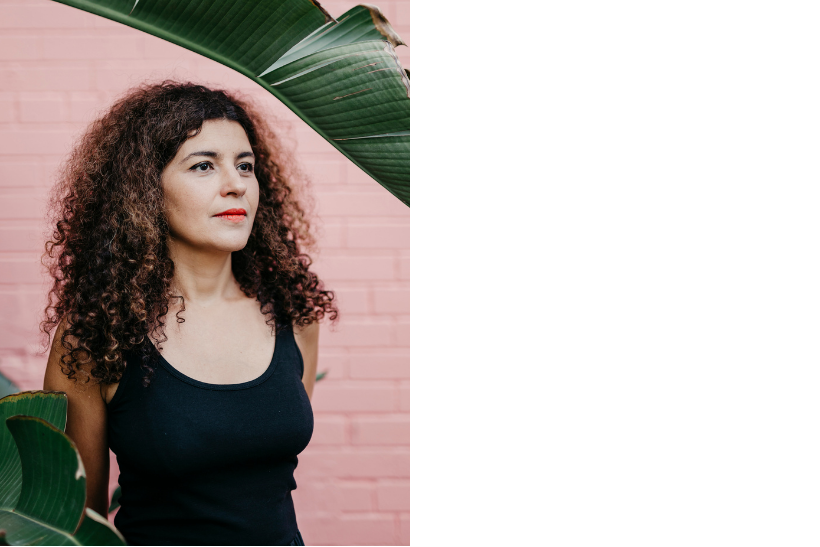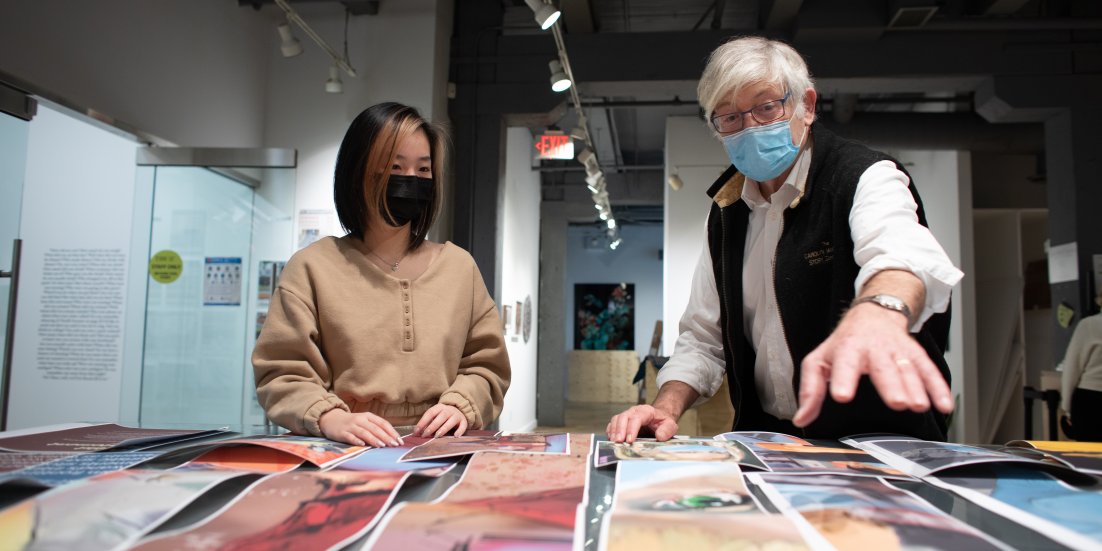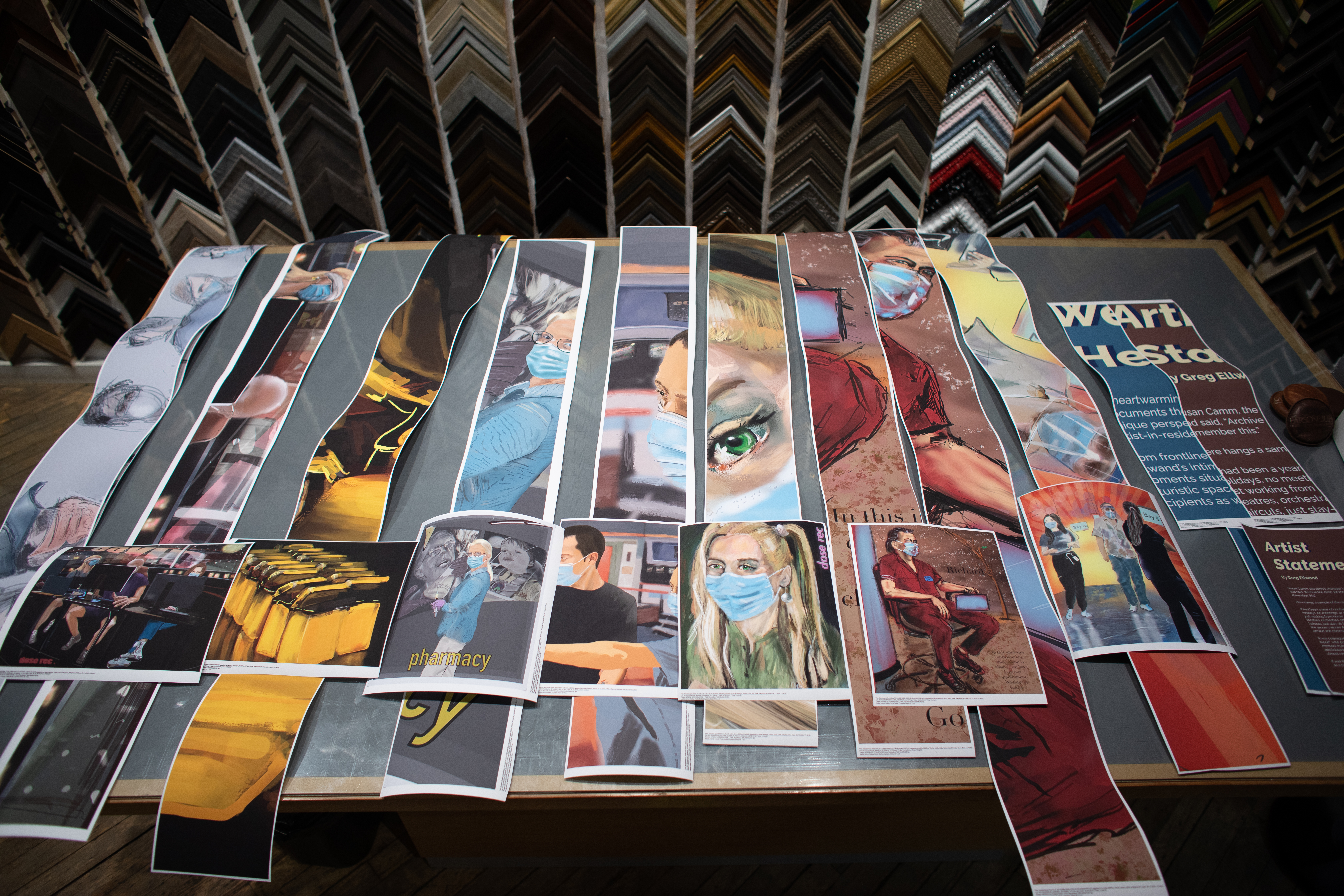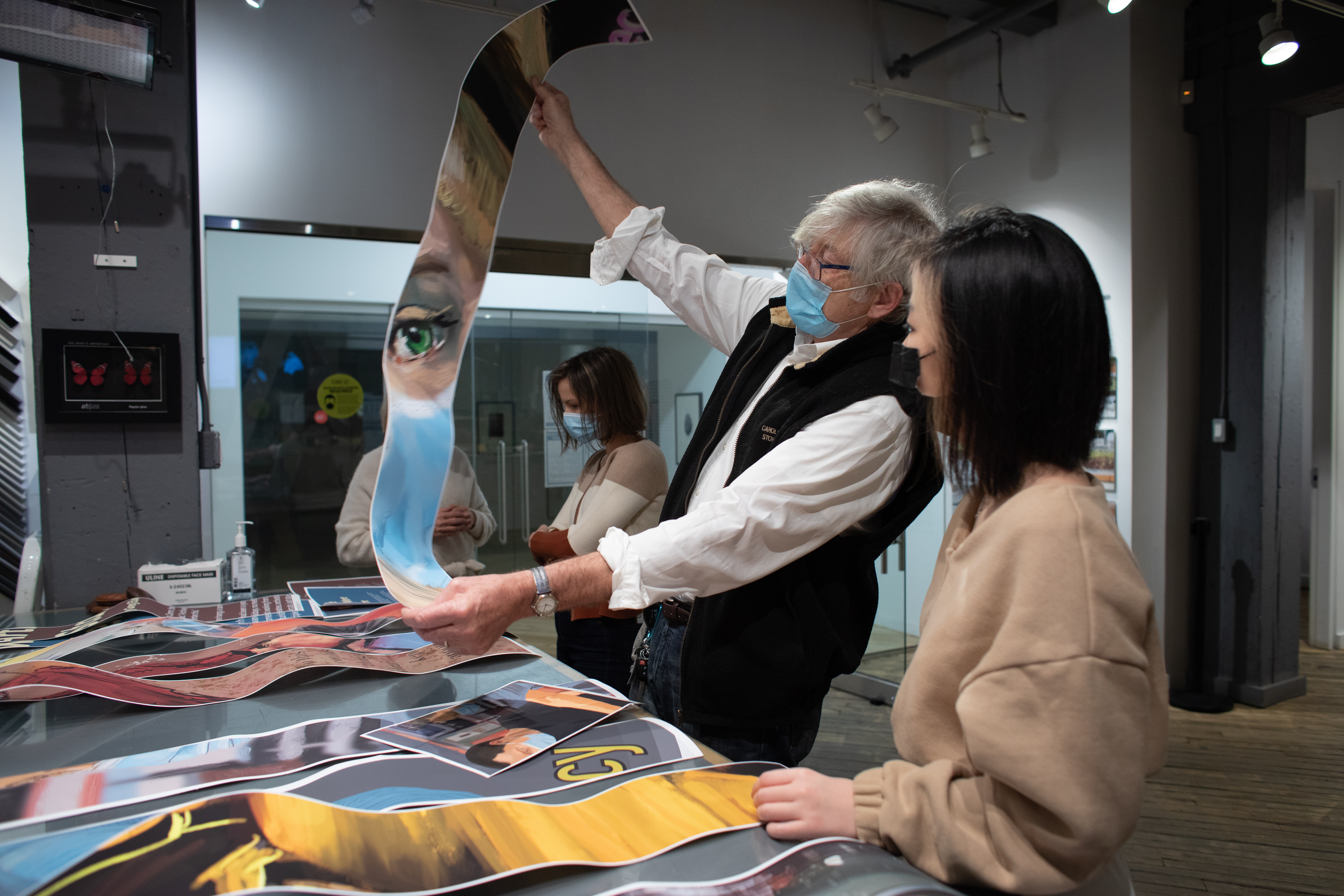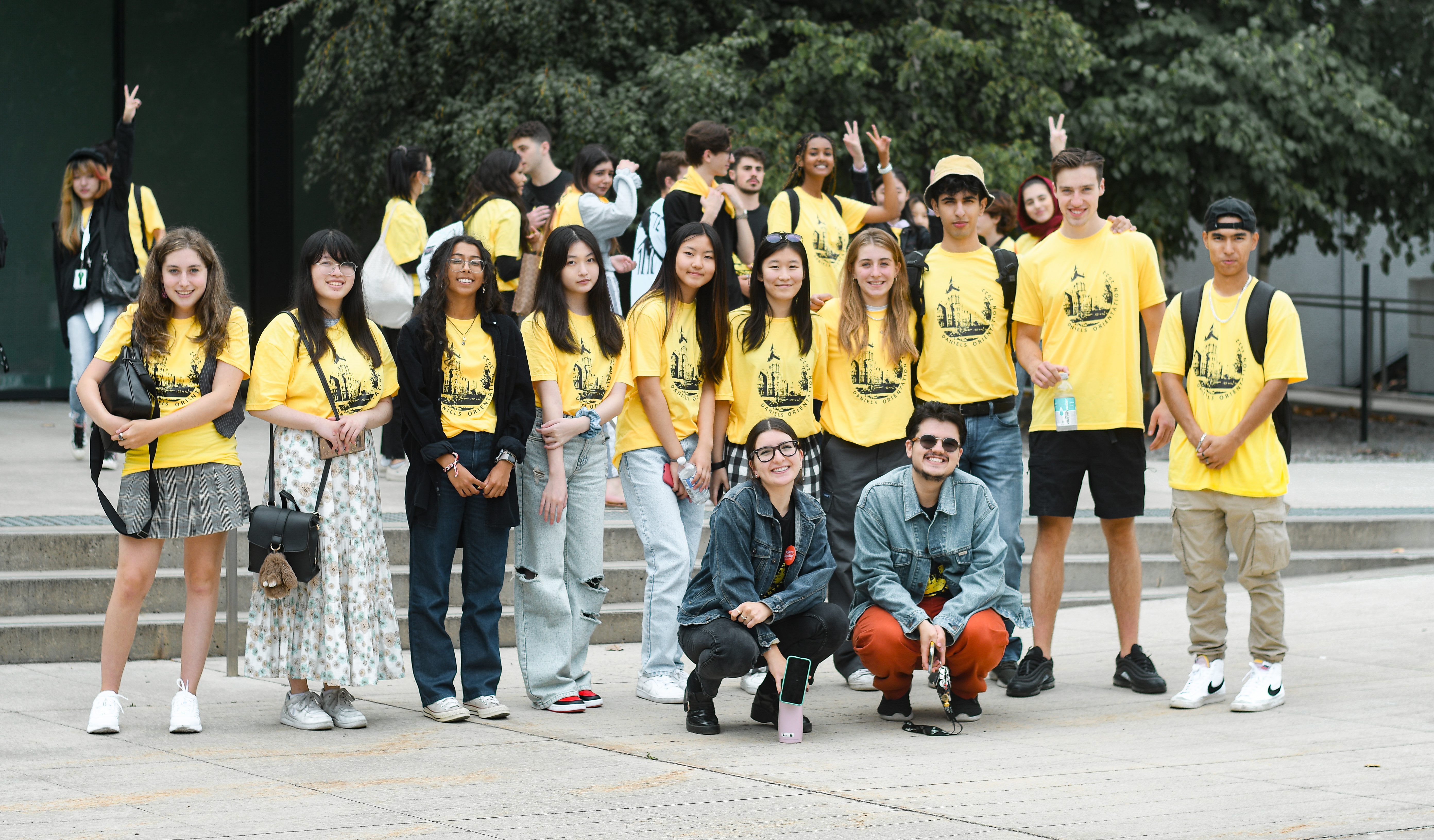
12.09.22 - Welcome from the Dean 2022-2023
The Daniels Faculty’s buildings have been full of much activity of late. For many of you returning to our classrooms, labs and offices this month, it’ll be the first time in a long while that we are all fully back in person for the start of a new school year. For others, this month will mark your first-ever time at the Faculty or even at the University of Toronto. Whichever the case, I want to welcome everyone to the 2022-2023 academic year. I am thrilled that we are all together again. The coming year promises to be an exceptional one in many ways.
Over the past two years, we have all had to rethink how we learn and come together as a community. As a result, the Faculty has garnered many valuable lessons that we hope will serve us all better as we embark on this new term. For our students, our aim is to restore as great a degree of normalcy and access as possible, so that you can enjoy the full benefits of your experience here in safe and vibrant learning spaces.
These benefits include not only a world-class education at one of the most interdisciplinary design schools on the continent, but also a full roster of inspiring extracurricular offerings. This fall’s public programming series includes lectures, panel discussions and performances by some of the leading designers, artists and thinkers in their fields; it’ll be kicked off on September 15 with the annual Gehry Chair Lecture, to be delivered by Dhaka-based architect Marina Tabassum, the 2022-2023 Frank Gehry International Visiting Chair in Architectural Design. Look out, too, for two major exhibitions in the Architecture and Design Gallery at 1 Spadina Crescent this year, as well as a multitude of activities planned around the National Day for Truth and Reconciliation, Black Heritage Month, and other noteworthy dates.
One of the most exciting and important developments at the Faculty this semester is the presence of our newly assembled First Peoples Leadership Advisory Group, created after an open public call this summer. Part of our ongoing commitment to enhancing Indigenous knowledge and capacity at our school, the multi-person Group will be working closely with the Faculty leadership team and with all members of our community. More information on the Advisory Group, as well as collaborative Faculty learning and awareness facilitated by the Office of Indigenous Initiatives, will be shared very soon.
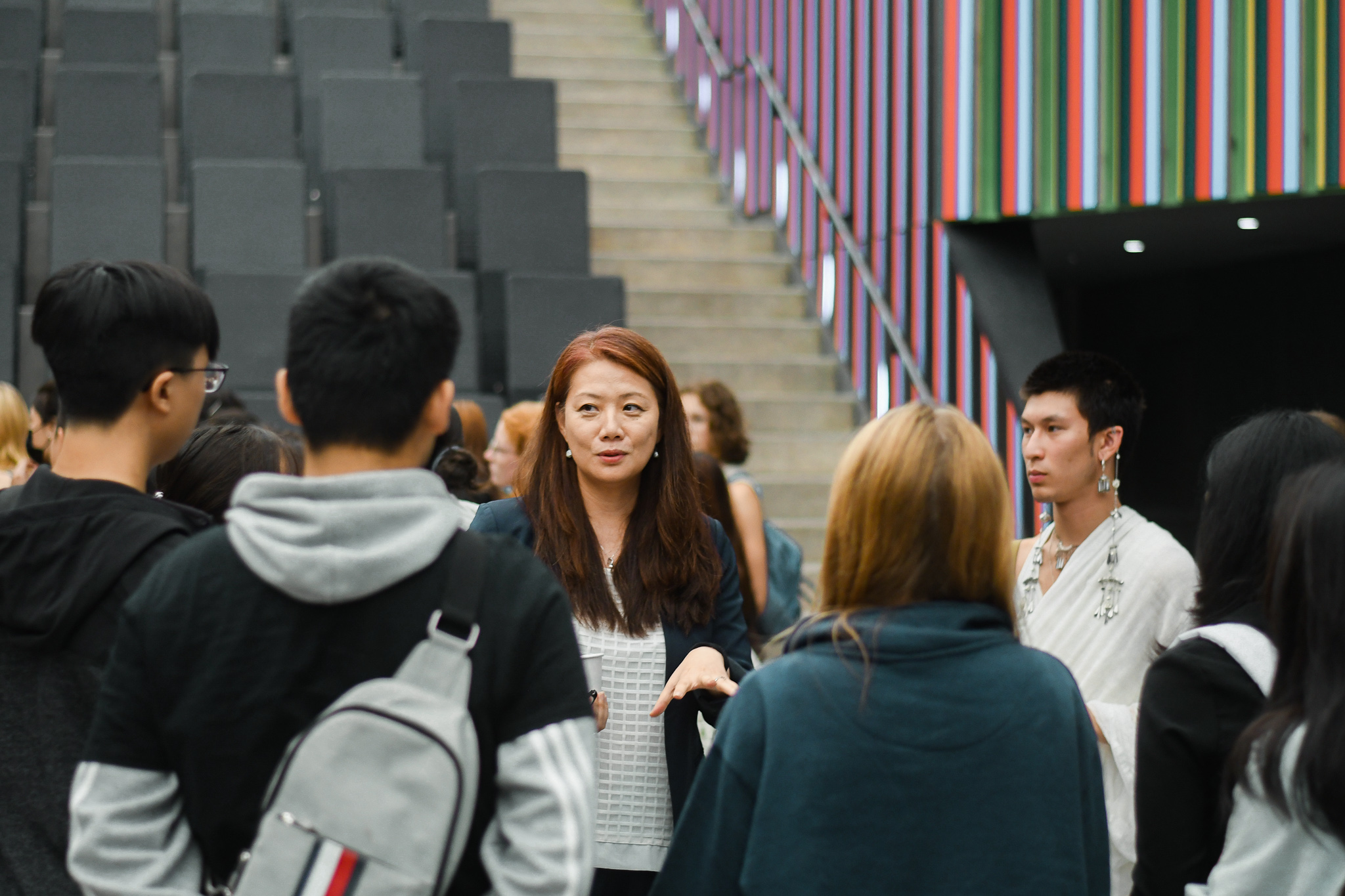
As these initiatives suggest, equity, diversity and inclusion are among our greatest priorities at the Faculty, which is why I’m also happy to welcome, among the impressive new additions to our academic and administrative team, our inaugural Assistant Dean, Equity, Diversity and Inclusion. Dr. Jewel Amoah, who joined us in July, has been tasked with working with all of us to facilitate the kind of institutional changes required to foster equal access and representation across the Faculty. She brings a wealth of international advocacy and academic experience to the role, and I look forward to working closely with her as we strive toward this important goal.
As our Advisory Group and our Assistant Dean EDI conduct their work, they will seek to build as many relationships with faculty, students and other stakeholders as they can, meaning that their doors will always be open. Mine, too. Part of the joy of working at the Daniels Faculty is how uniquely connected we all are in our distinct yet intertwined pursuits. I very much look forward to strengthening those connections even more this term, and to a great year ahead!
Juan Du (she/her)
Dean and Professor
John H. Daniels Faculty of Architecture, Landscape, and Design
Photos by Emma Hwang


